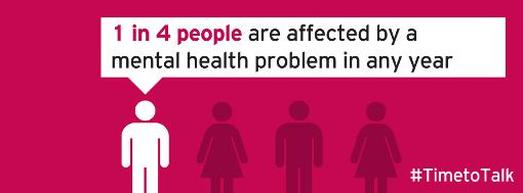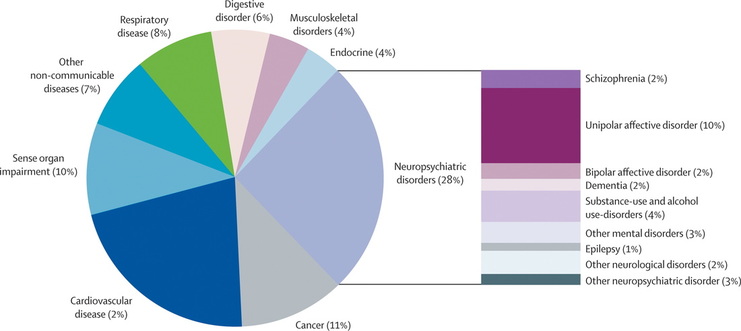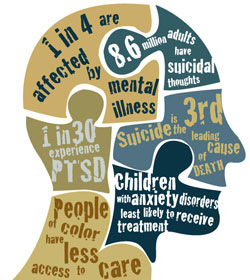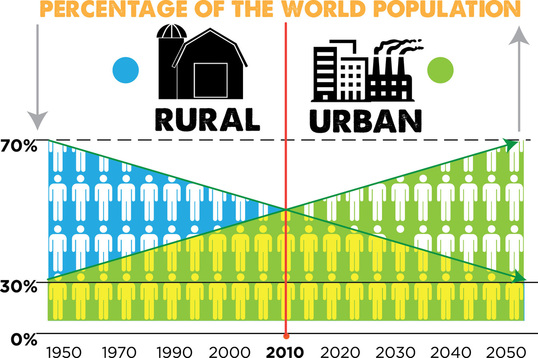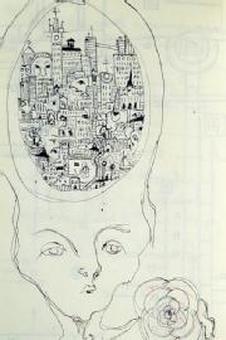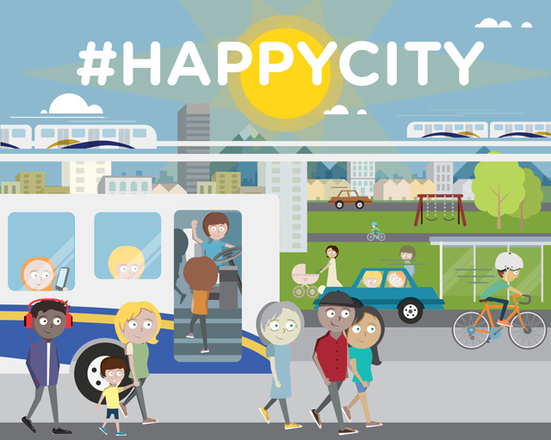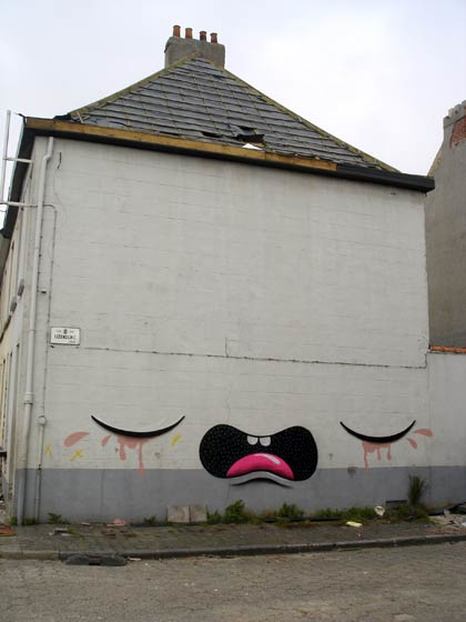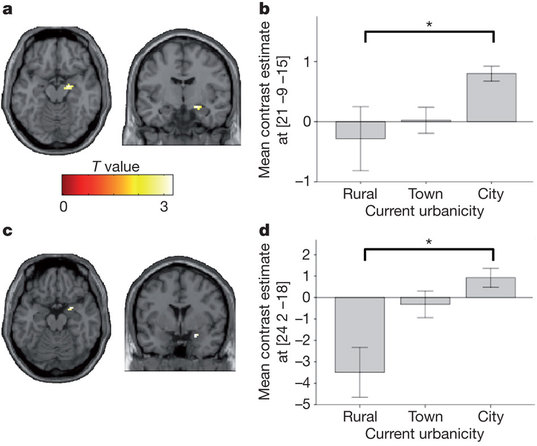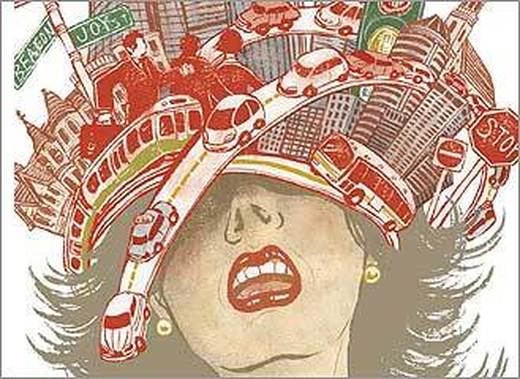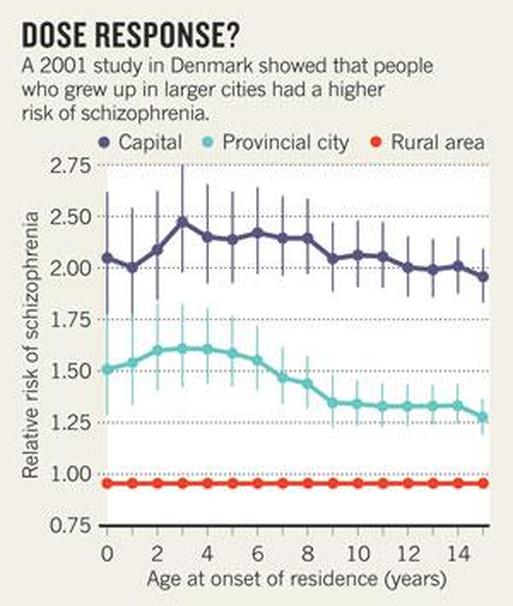NEED AND OPPORTUNITY
"IT TOOK DECADES TO INTEGRATE KNOWLEDGE ABOUT THE BIOMEDICAL EFFECTS OF THE CITYSCAPE INTO [MY] PROFESSION. BUT WHEN IT COMES TO MENTAL HEALTH WE HAVEN'T A CLUE." - URBAN PLANNER, BASEL, SWITZERLAND
With more and more people living in cities, the impact of their design on our mental health has never been greater. Research tells us that how people move around and experience their urban environment can have strong influences on our mental health, from healthy transport options, to social spaces, to a glimpse of vegetation from our office windows. Cities can make us sad. Cities can exacerbate mental illness. City living is a risk factor for depression (40%), anxiety (20%), and even schizophrenia (doubles the risk). However cities can also make us happy. They can give us a stress-free commute that brings us in contact with trees and beautiful street art. They can help build social capital by enabling interactions and providing so-called third spaces. They can give us daylight and the feeling of space. They can bring us security. An important part of our mental health is in the hands of those who plan and design our cities.
By 2050 two thirds of the global population will live in cities. Increasingly, public health is an important component of the built environment, but all too often this focuses only on physical health. There is a strong opportunity to leverage the urban environment to explicitly enhance our mental health and wellbeing. Planners and designers have the opportunity to integrate mental health into their work. To empower them to achieve this, we need better research and guidance about how their projects can best contribute to a healthier, happier urban future. The Center for Urban Design and Mental Health aims to help meet that need by bringing together the latest research, events, and discussions on how to achieve this.
Header Image Credit: Rethinking Happiness
By 2050 two thirds of the global population will live in cities. Increasingly, public health is an important component of the built environment, but all too often this focuses only on physical health. There is a strong opportunity to leverage the urban environment to explicitly enhance our mental health and wellbeing. Planners and designers have the opportunity to integrate mental health into their work. To empower them to achieve this, we need better research and guidance about how their projects can best contribute to a healthier, happier urban future. The Center for Urban Design and Mental Health aims to help meet that need by bringing together the latest research, events, and discussions on how to achieve this.
Header Image Credit: Rethinking Happiness
LEARN MORE: TWO TED TALKS ON URBAN DESIGN AND MENTAL HEALTH
|
The Happy City Experiment: Charles Montgomery, TEDxVancouver 2014
"THE SYSTEMS AND FORMS OF OUR CITIES INFLUENCE HOW WE FEEL AND HOW WE TREAT EACH OTHER - OUR ROADS, OUR BUILDINGS, OUR NEIGHBORHOODS, OUR PARKS, OUR SIDEWALKS... THESE ARE EMOTIONAL INFRASTRUCTURE" |
Stress in the City: Mazda Adli at TEDxBerlin 2013
"THE COMBINATION OF SOCIAL DENSITY ON THE ONE HAND AND SOCIAL ISOLATION ON THE OTHER HAND COMBINES TO GIVE CITY-SPECIFIC SOCIAL STRESS" |
THE ISSUE IN INFOGRAPHICS
Mental health is common, and an integral part of public health
Globally, mental disorders cause more disability than any other non-communicable disease
Mental disorders cause a third of years lived with disability in the world (and 13% of DALYs)
More and more of us are becoming city mice
Living in the city gets in our head
|
Source:
Emma Larkin |
City design can make us feel good
|
Source:
The Buzzer Blog |
City design can also make us not feel so good
|
Source:
IsoPixel |
Cities can even affect how our brains work
And increase our risk of mental disorders
|
Source:
Eideard |
The science: city living is associated with increased rates of depression, anxiety and schizophrenia
Urban design can help improve mental health
|
Source:
Laud8 |
How can you design mental health into your urban project?
Here's what UD/MH is doing.
© 2024 - UDMH

